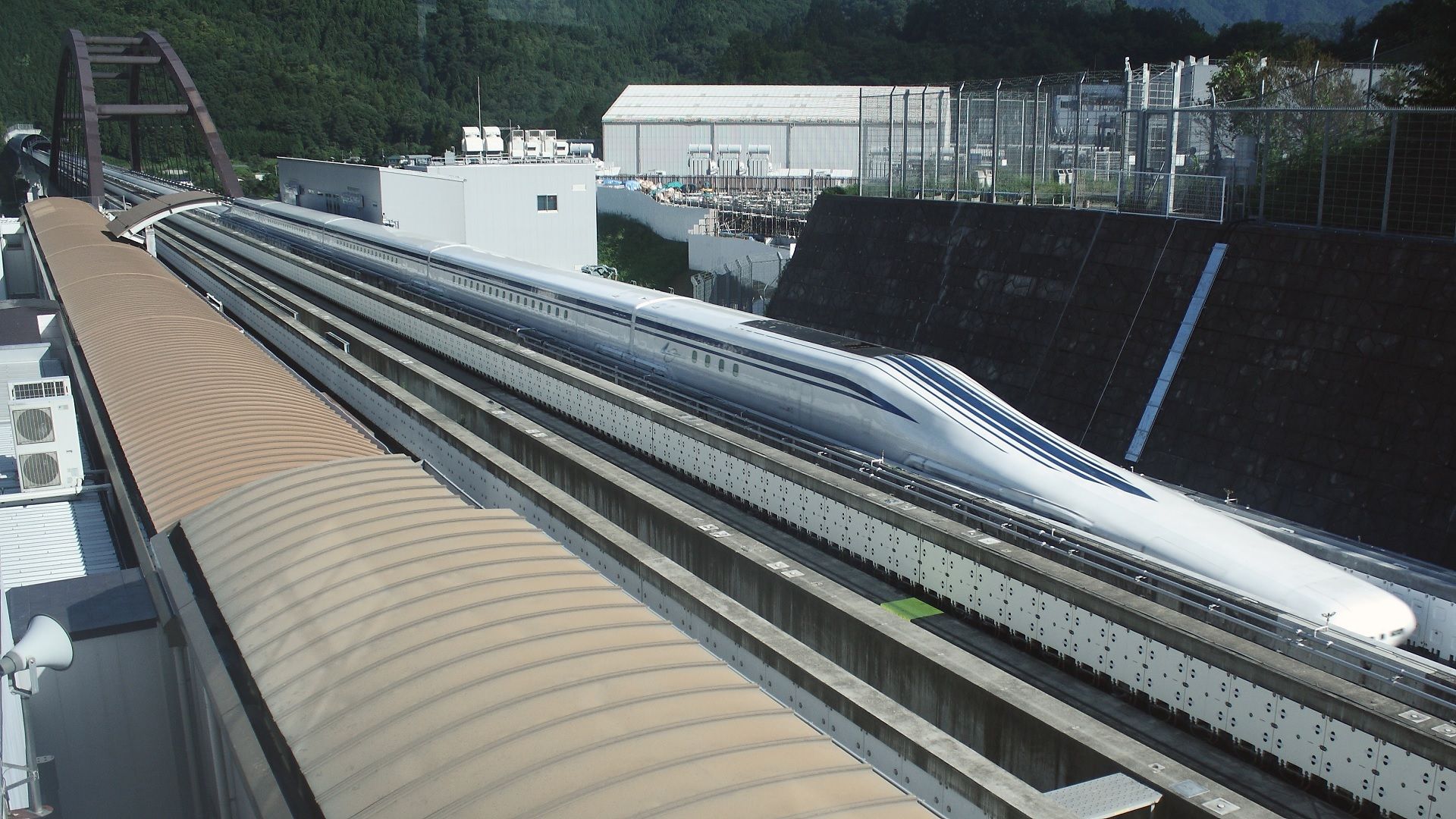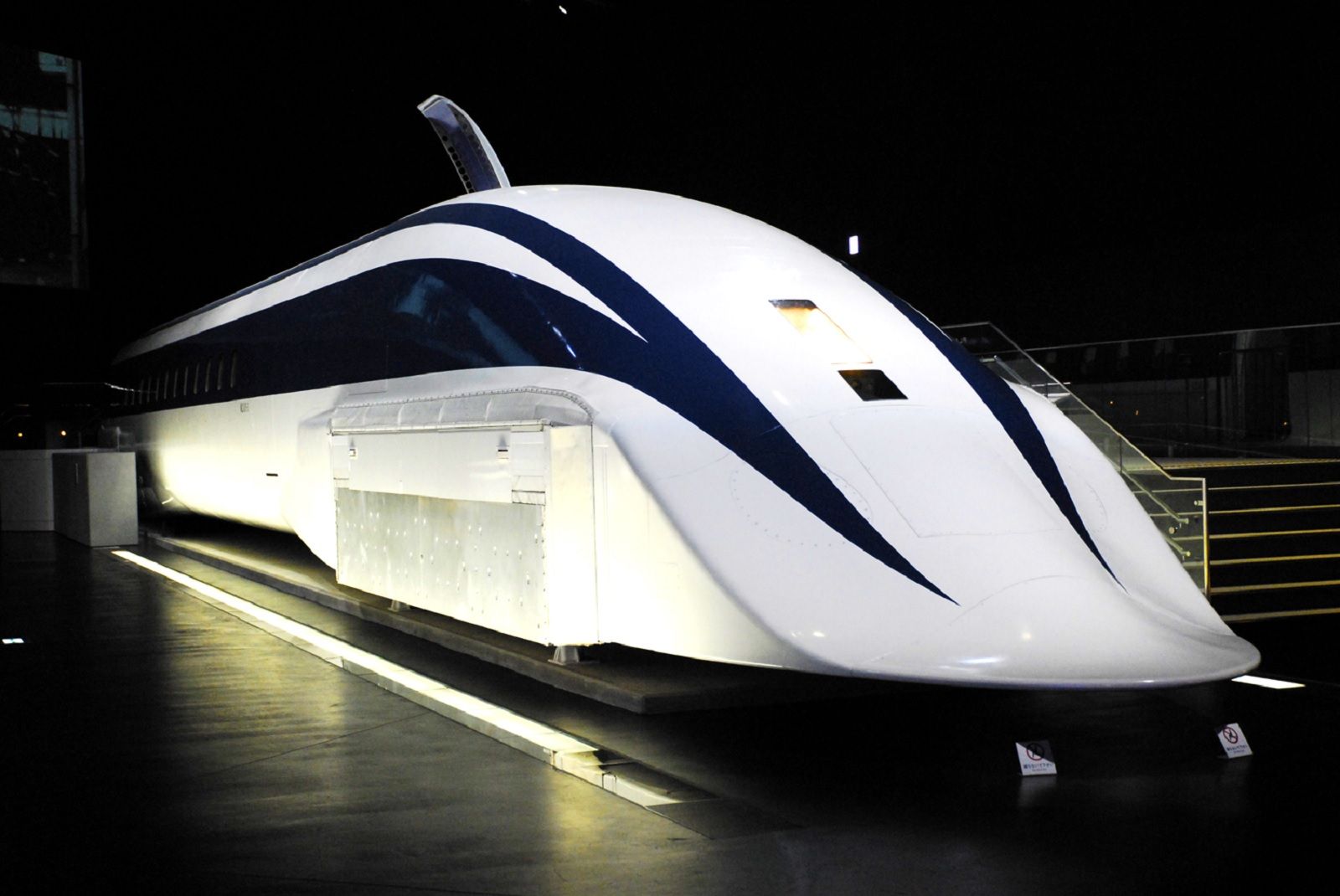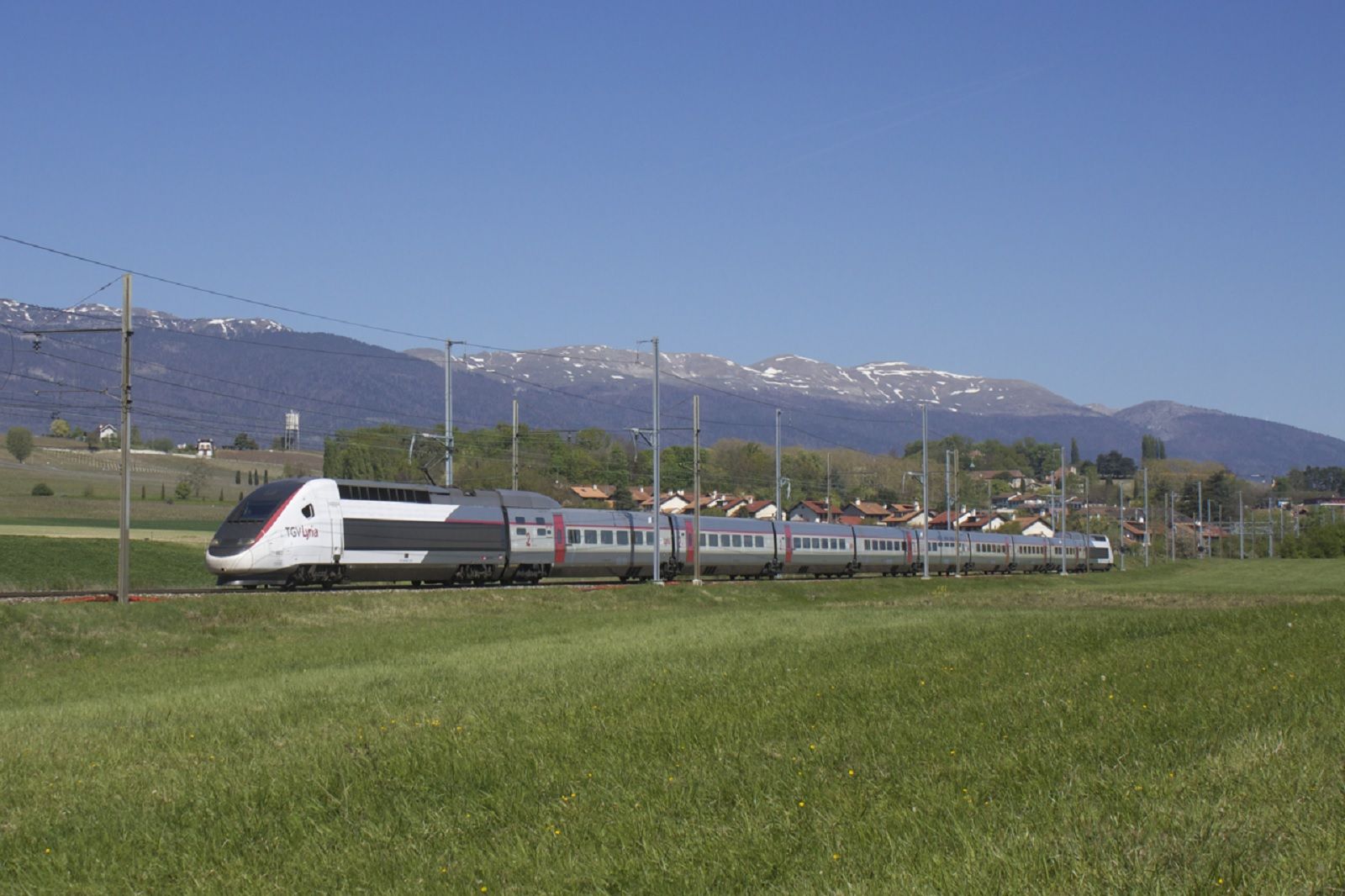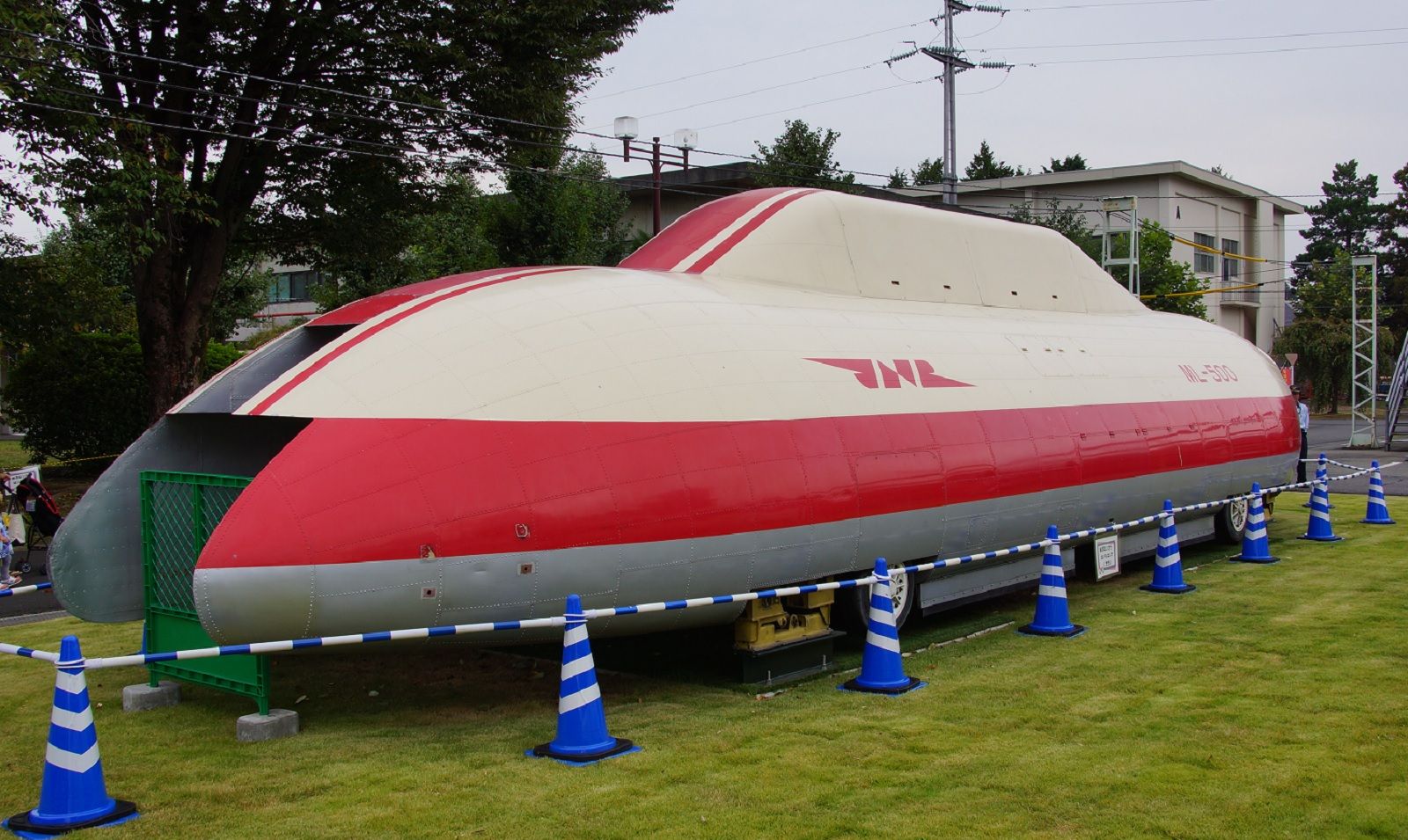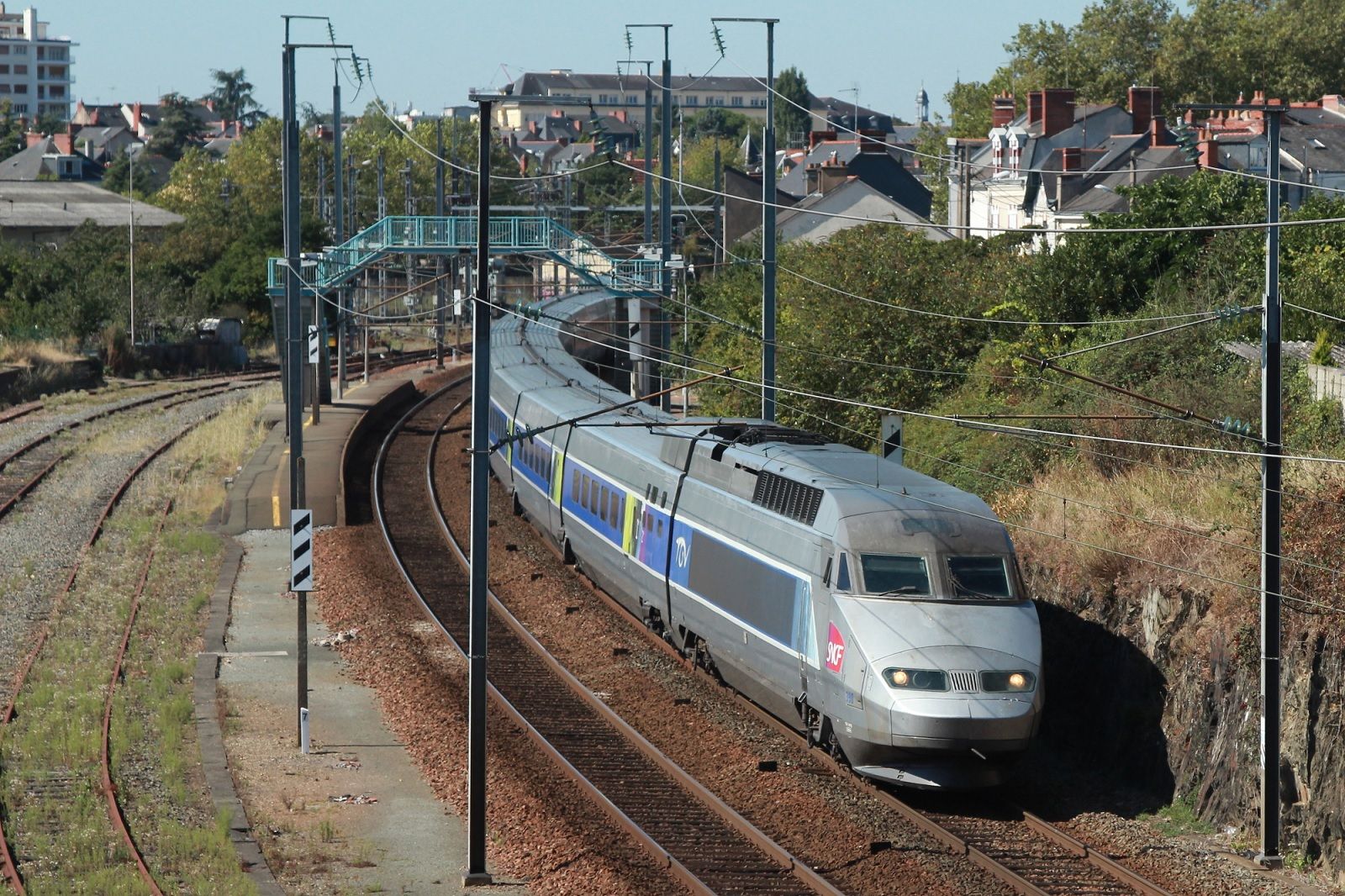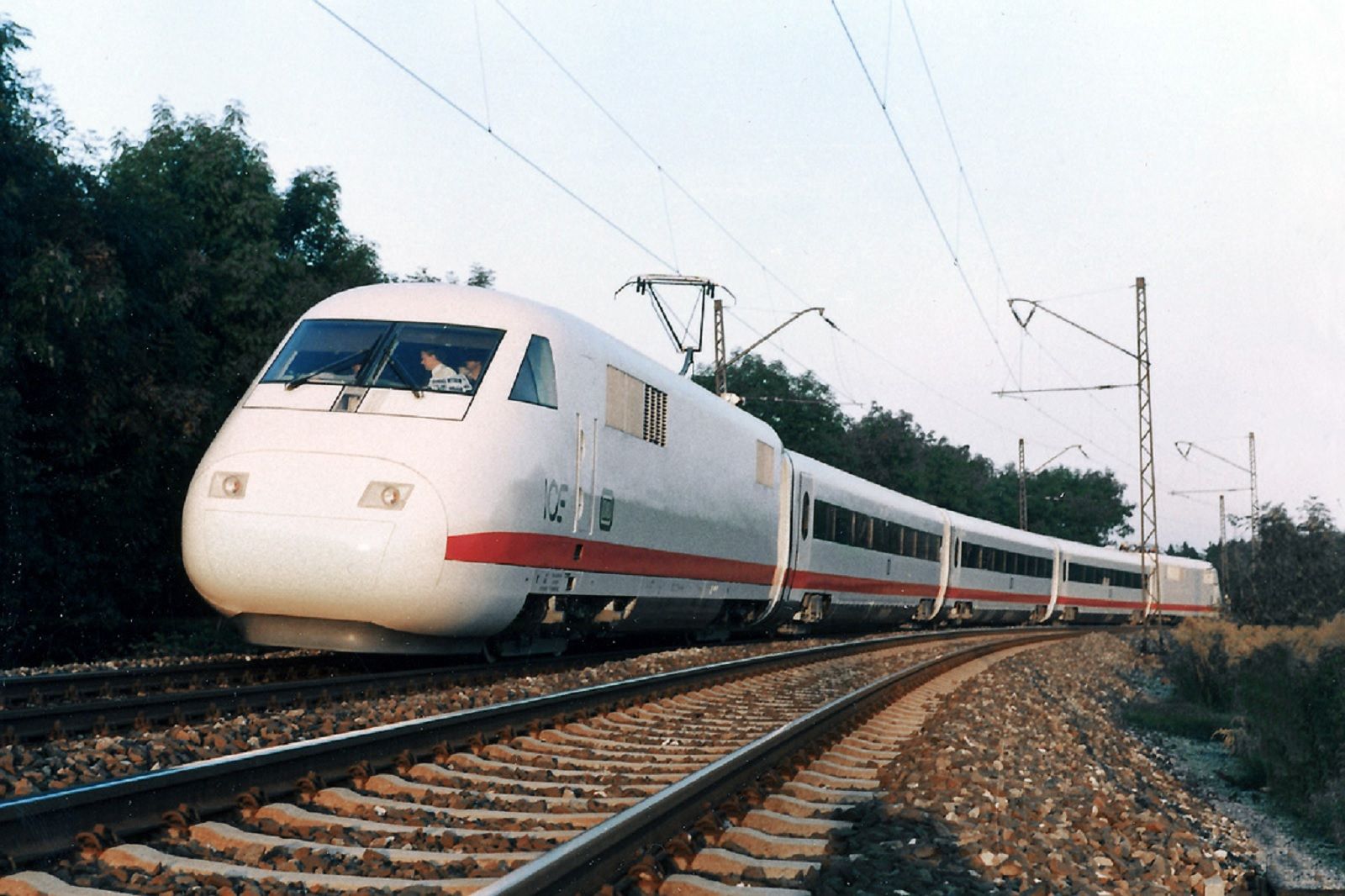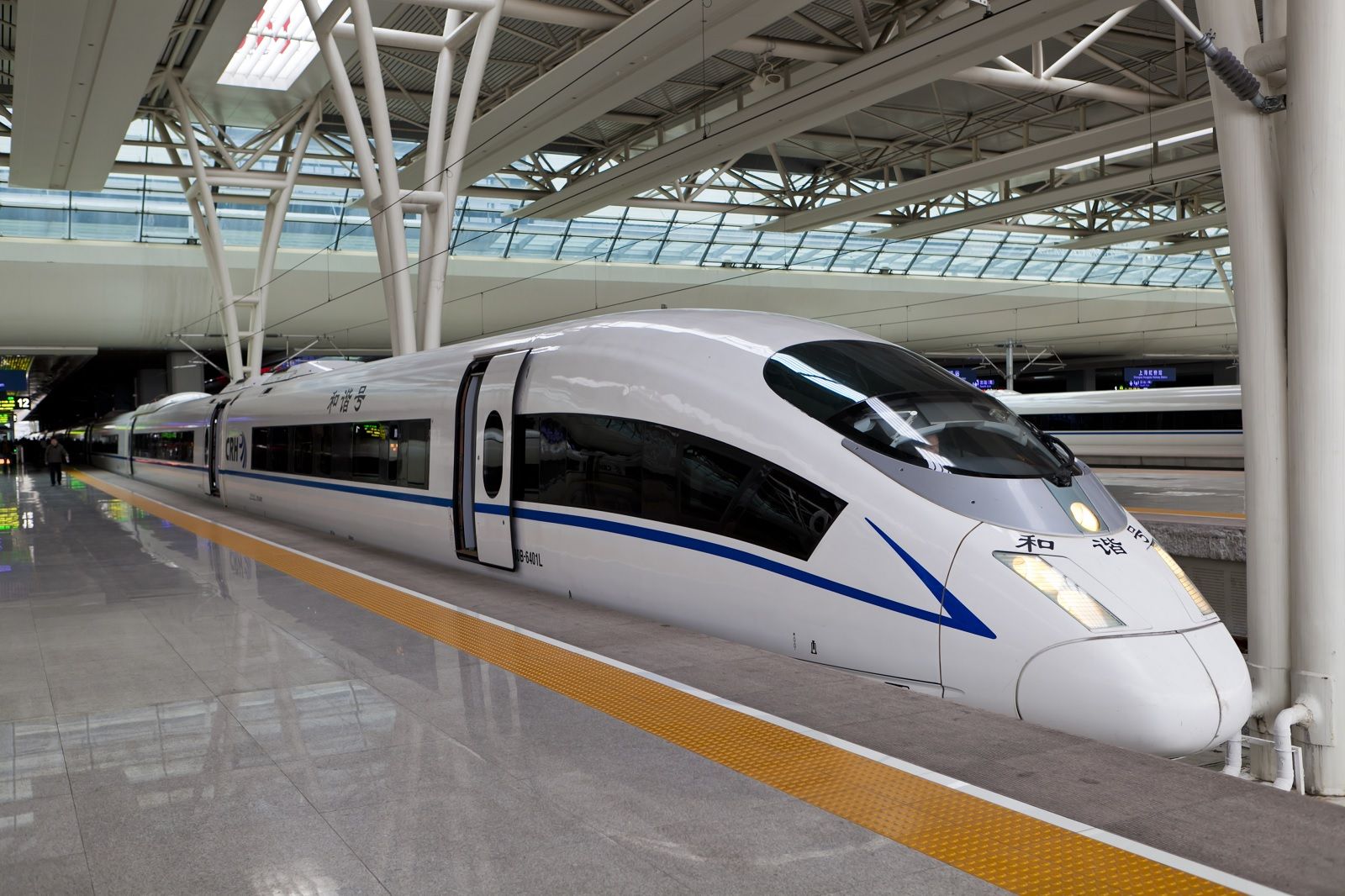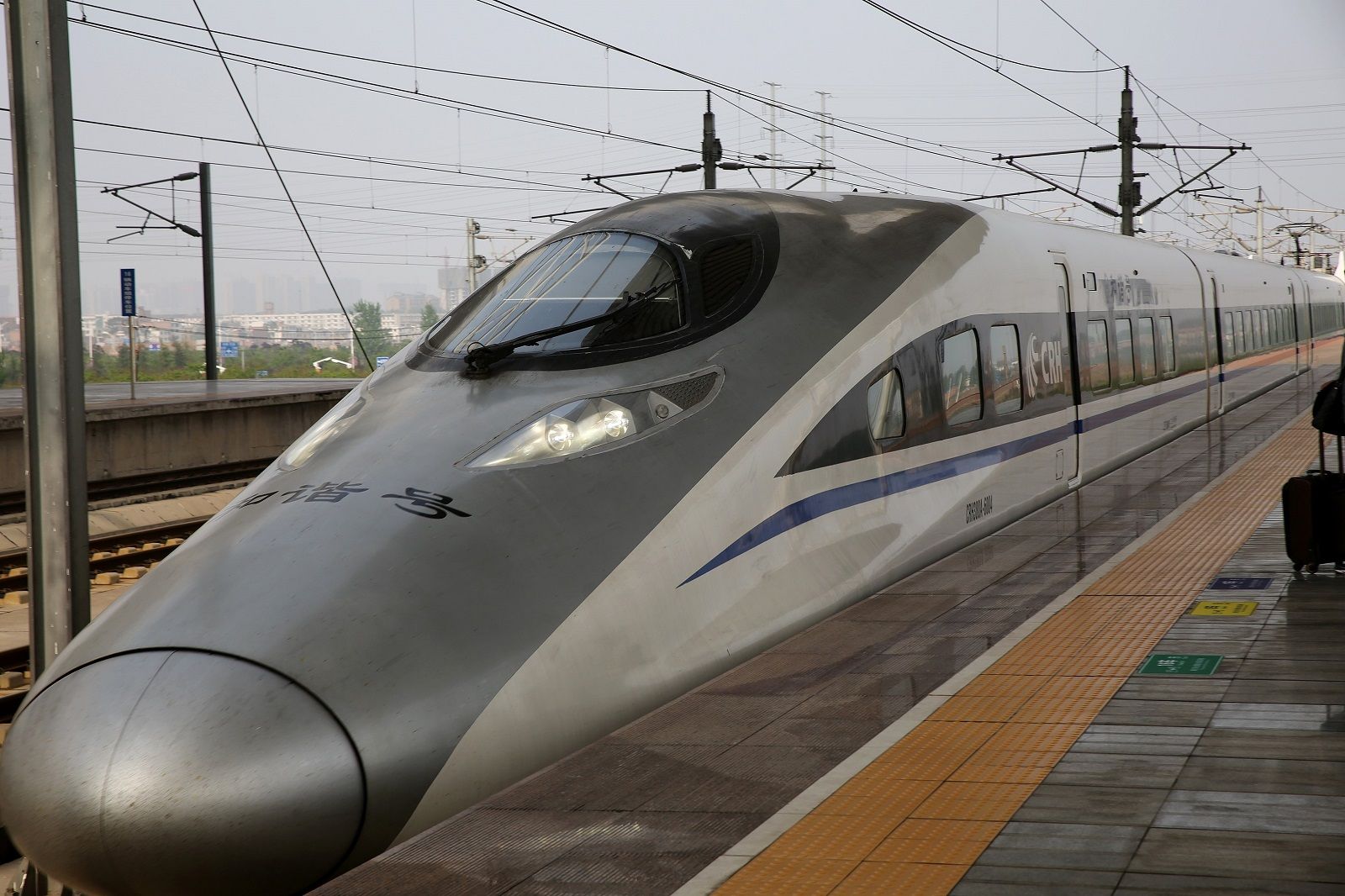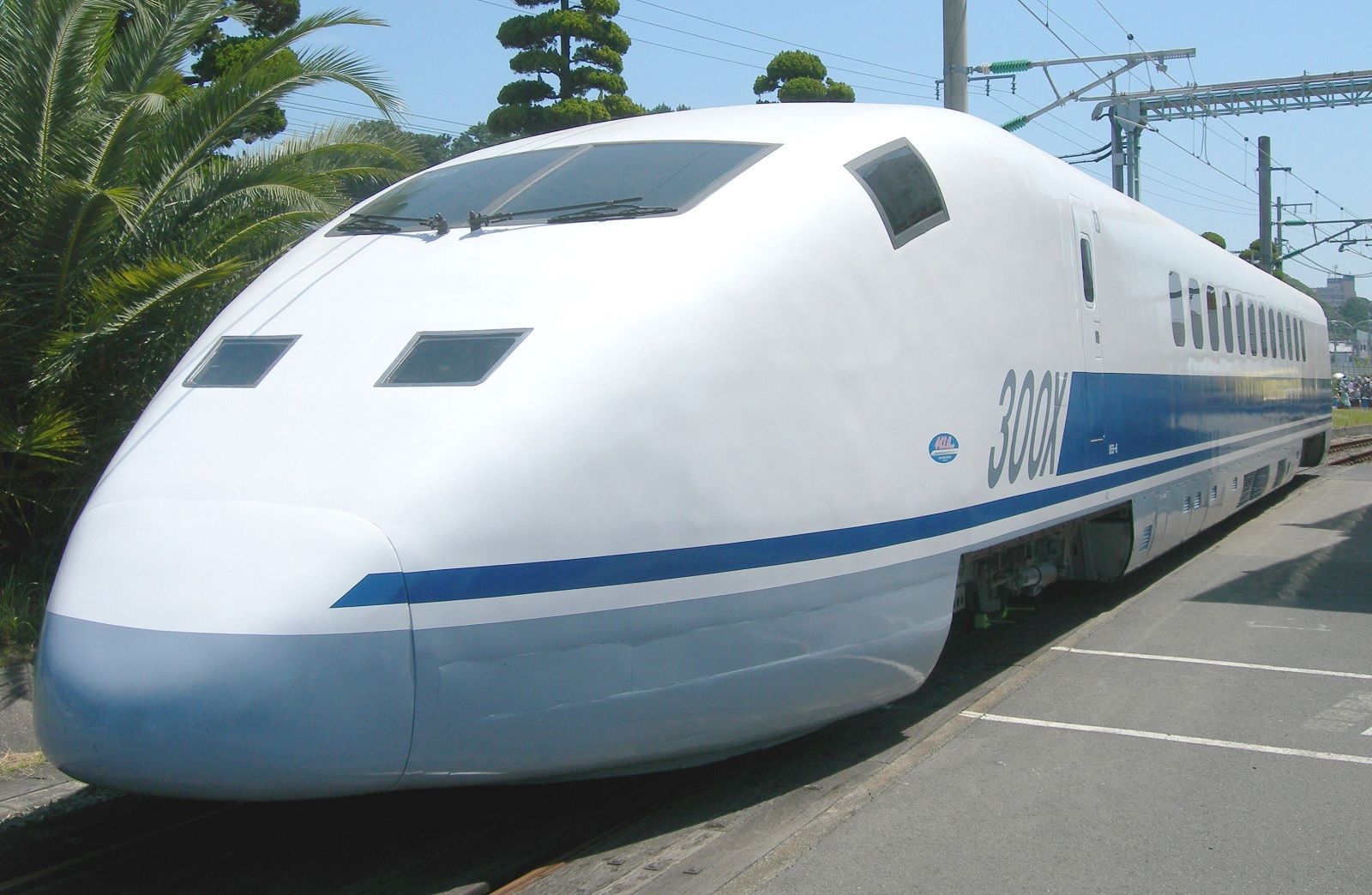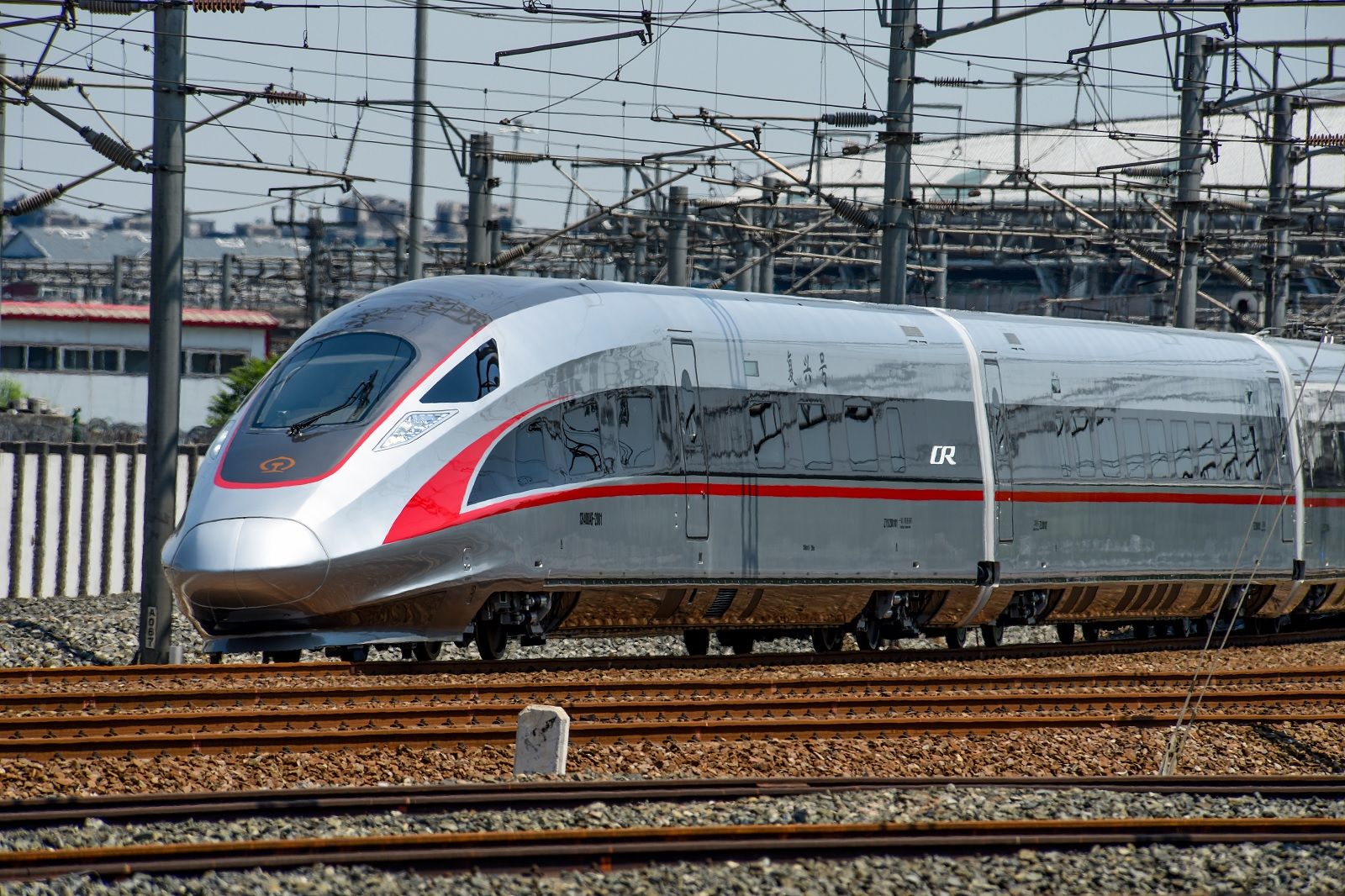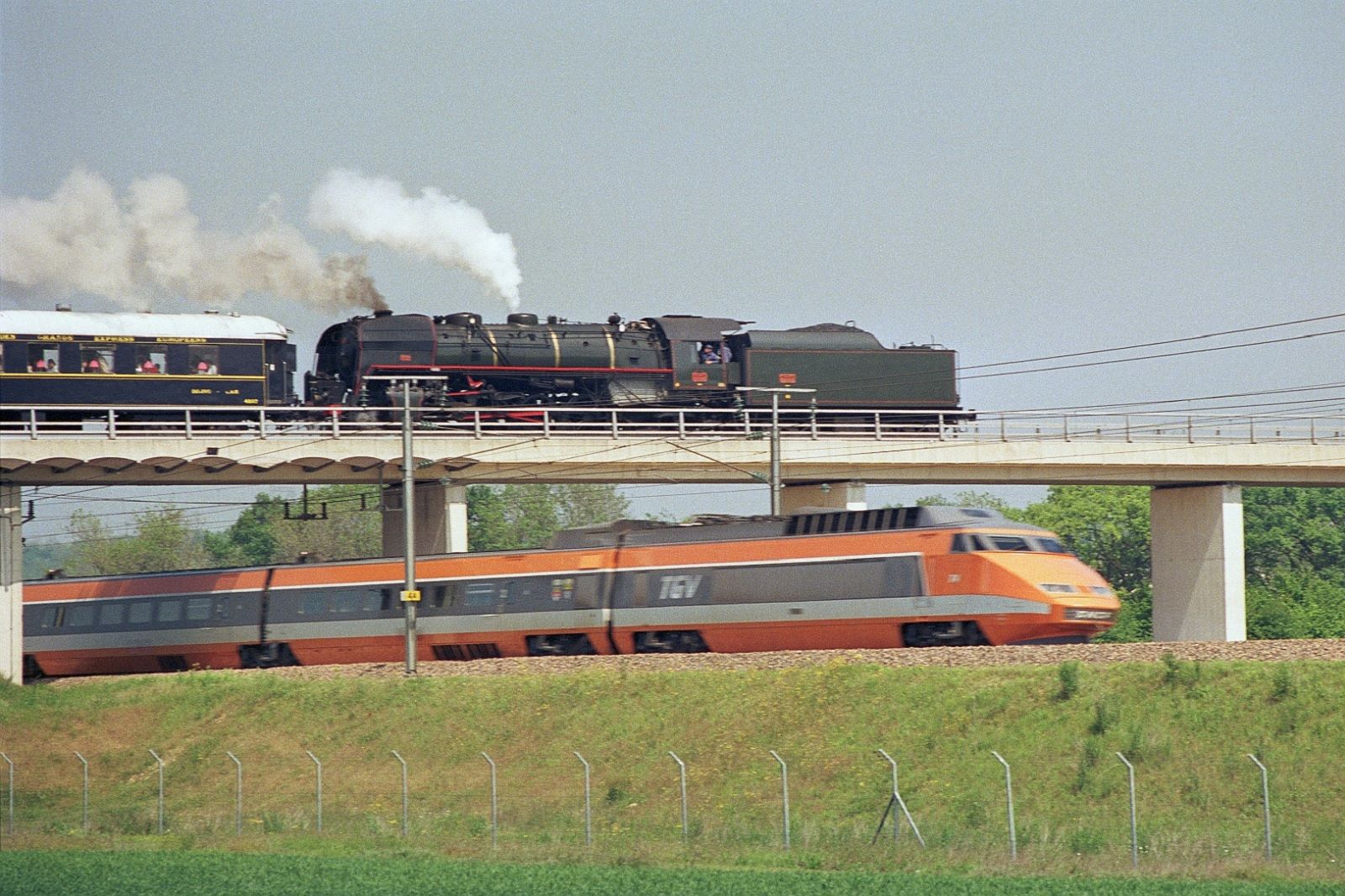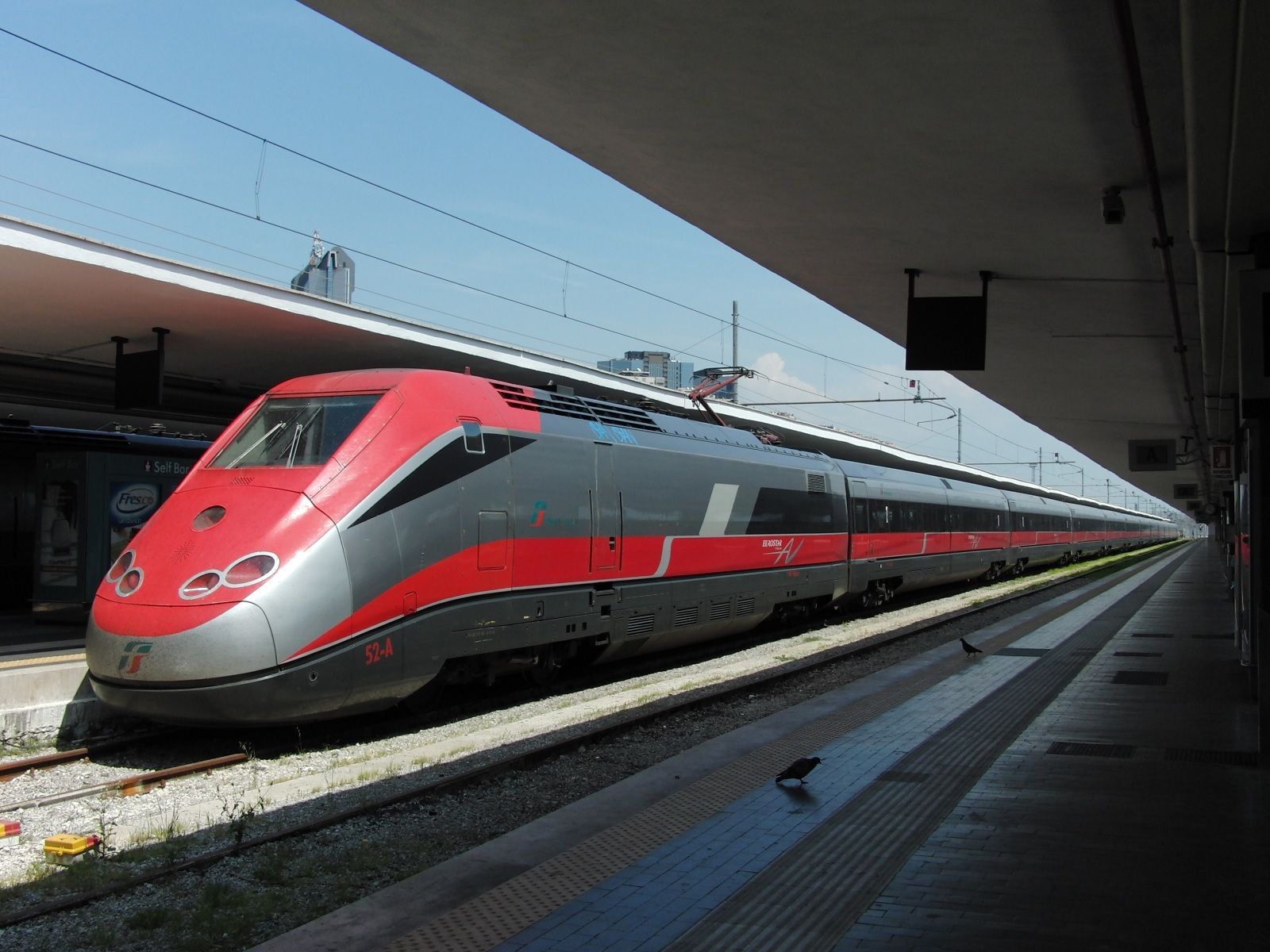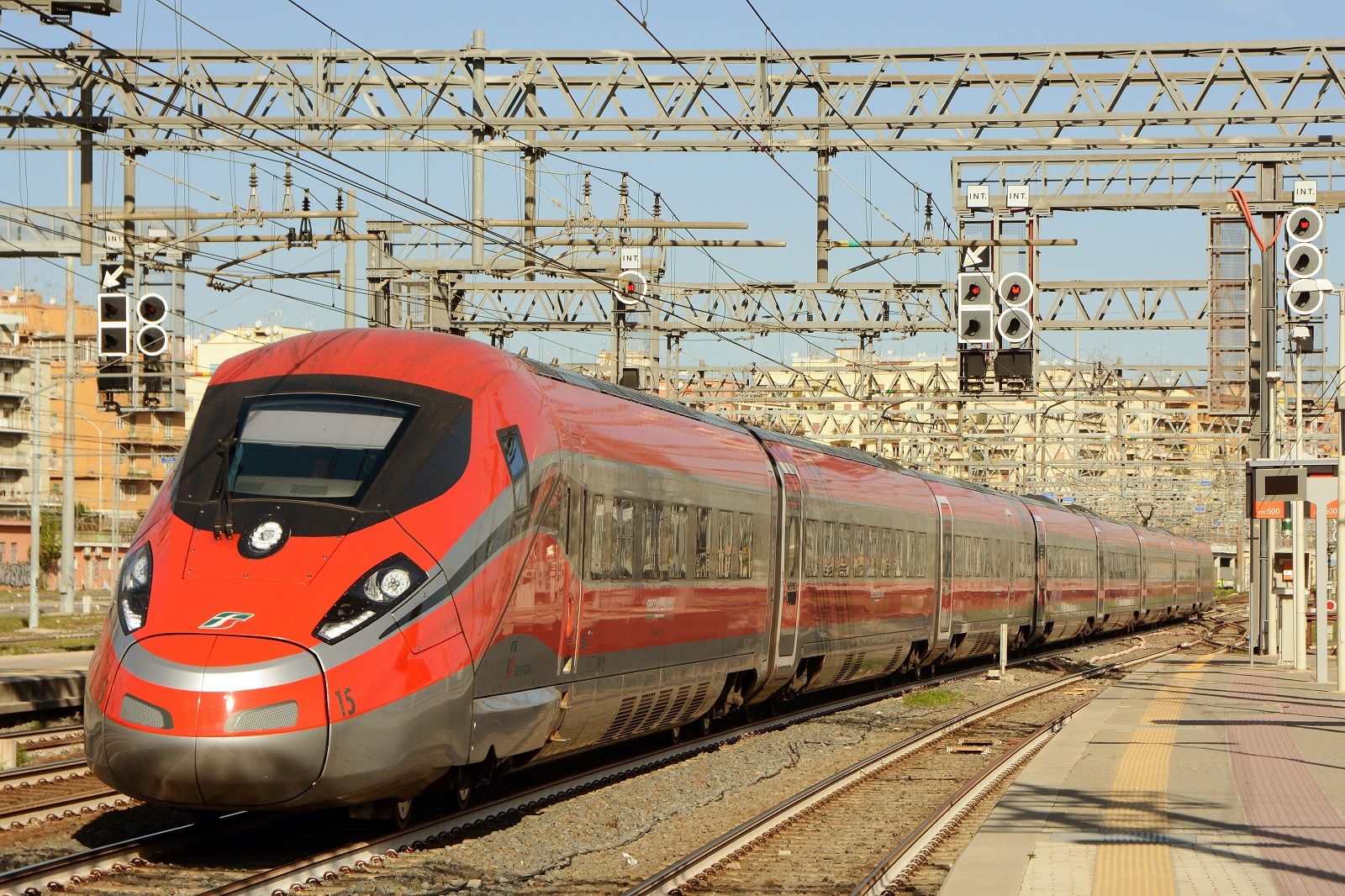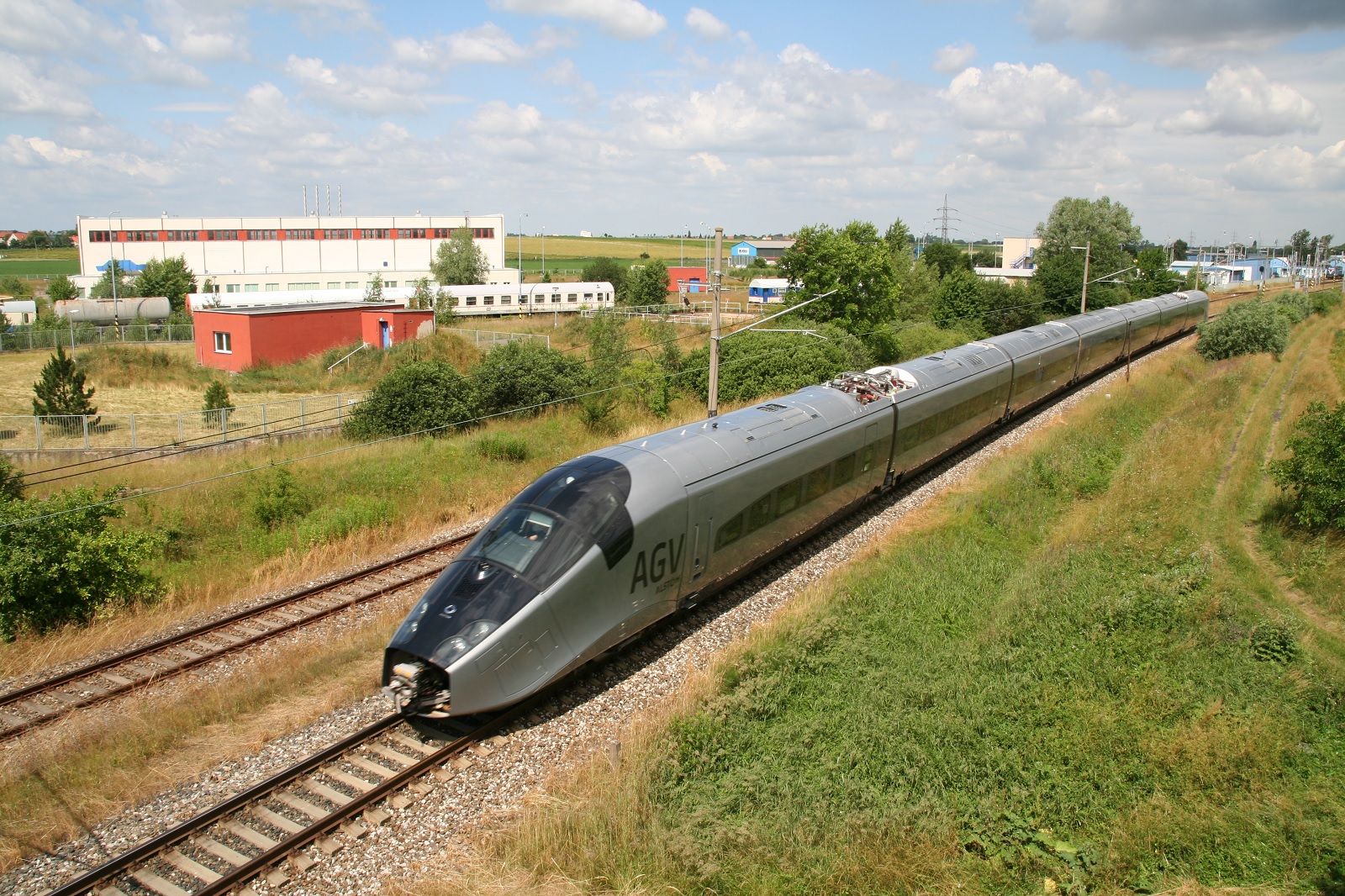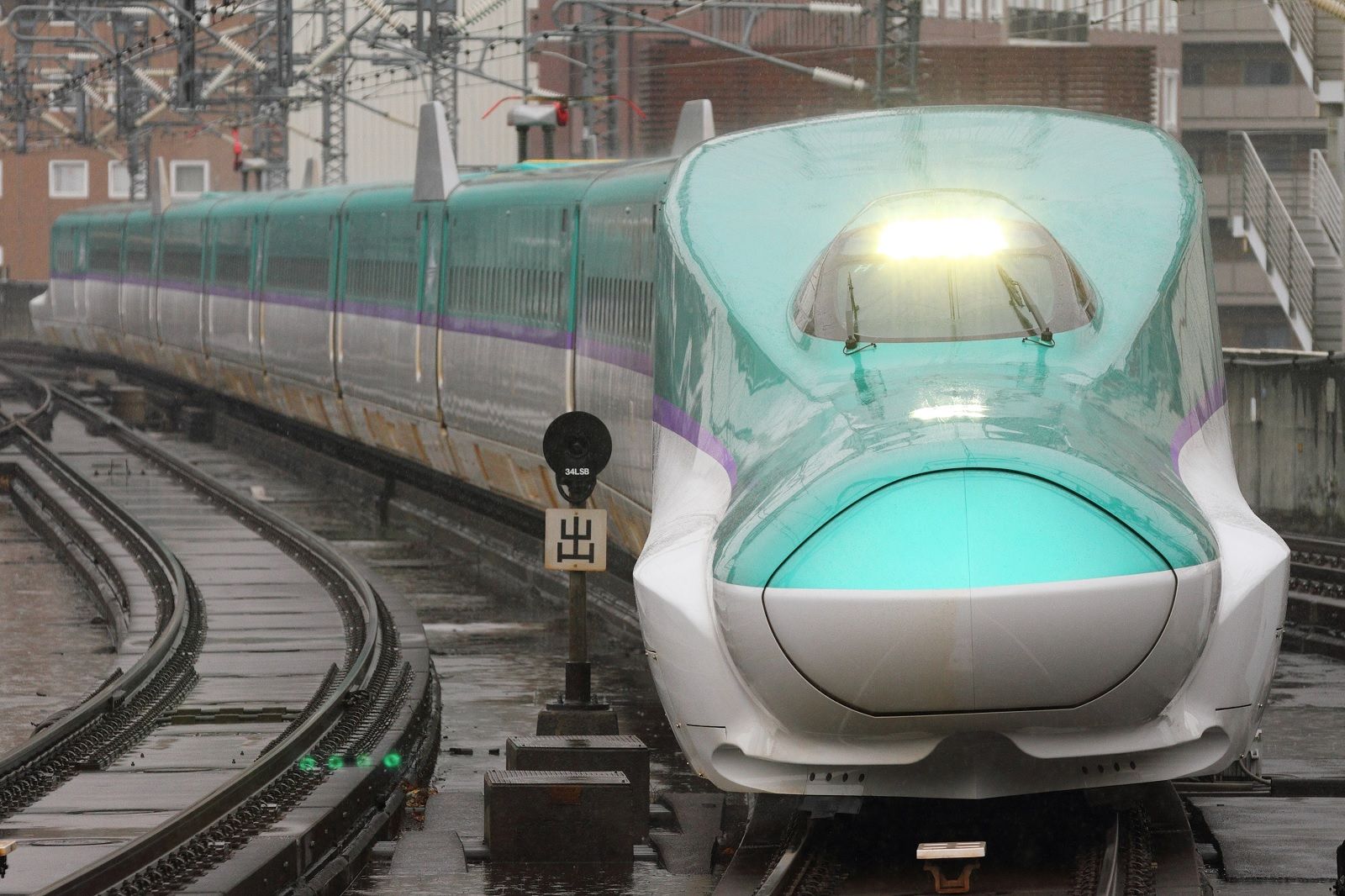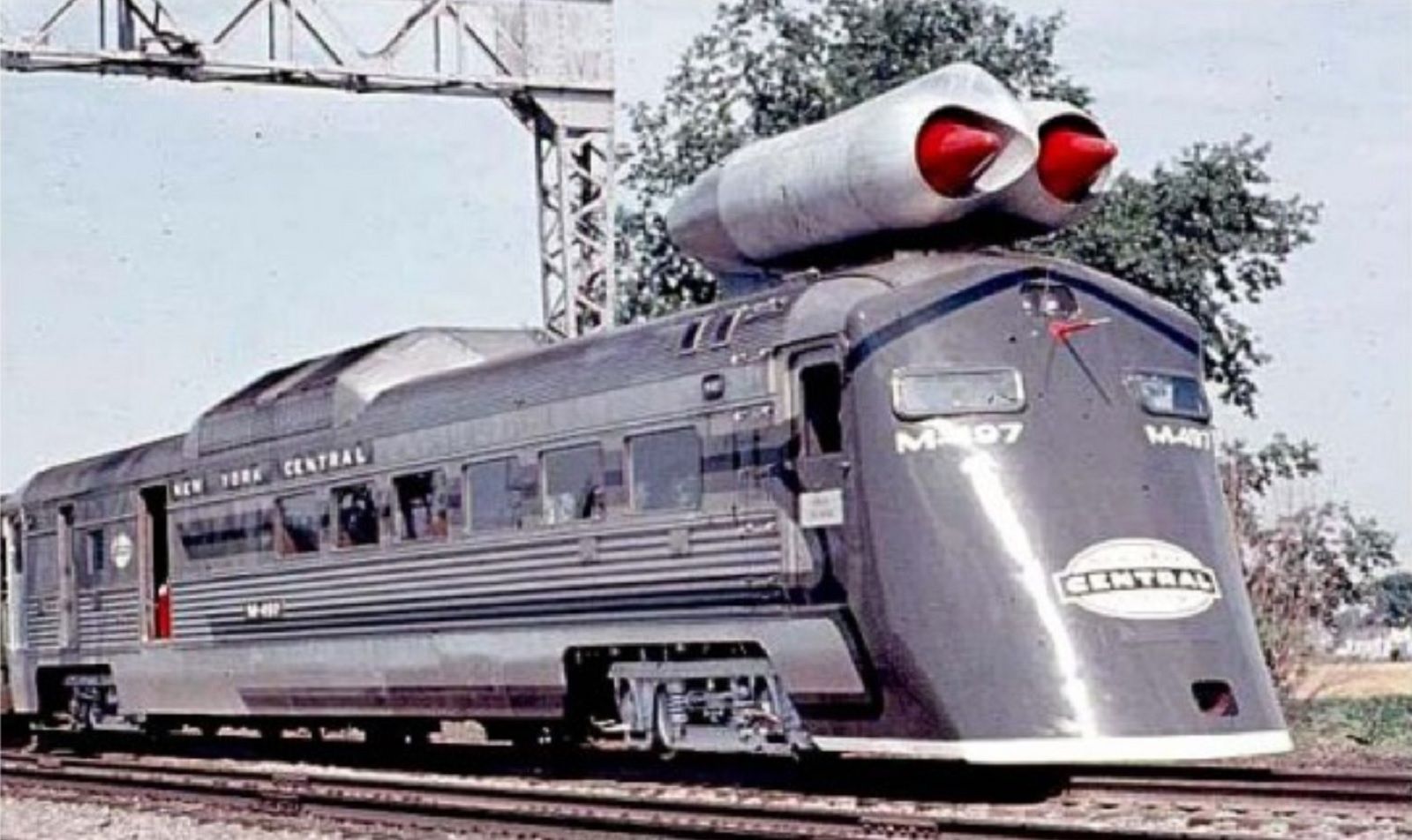You might be surprised to learn that it’s not just cars and aeroplanes that are capable of incredible speeds. Even trains that run on rails can really pin you to the back of your seat and travel hundreds of miles in the blink of an eye.
Don’t believe us? Take a look at the list of high-speed trains we’ve gathered together for your enjoyment.
We’ve collected a list of the best trains to grace the tracks over the last few decades including some modern trains that can travel at eye-watering speeds.
L0 Series Maglev – 375 mph
In 2015, an L0 Series train from Japan smashed the record for “fastest manned train in the world” achieving a record of 370 mph.
Although not a traditional train in the usual sense, Maglev trains are still technically vehicles that run on tracks. These trains use a system of magnets to float above the track and thus avoid the problem with friction.
Maglev trains are also interesting because there are no moving parts apart from the train itself. This means these trains are not only faster than conventional trains, they’re also quieter.
In 2015, an L0 Series train from Japan smashed the record for “fastest manned train in the world” achieving a record of 370 mph. That same month, it ran again and set a new record of 375 mph.
Not content with breaking speed records, this train also set a record for the longest distance travelled in a single day by journeying 2,426 miles.
MLX01 Maglev – 361 mph
The Japanese are serious about breaking records. In 2003, the MLX01 Maglev train hit 361 mph during a record attempt.
The Japanese are serious about breaking records. If you look back through the history books at all the record-smashing Maglev trains, you’ll see Japan holds most of the records. Its main competitor is Germany, but there’s nearly 100 mph difference in it.
In 2003, the MLX01 Maglev train hit 361 mph during a record attempt. This was six years before Japan even decided Maglev trains were properly ready for commercial operation. Since then the construction and use of these trains have expanded and plans are to have tracks between Tokyo and Nagoya by 2027, and to Osaka by 2045.
SNCF TGV POS – 357.2 mph
Besides a bonkers name, this train is interesting because it used power cars with a total power output of around 12,900 hp and a top speed of 357.2 mph.
This train appears to have a name that’s a bit of a mouthful. But it’s mostly all acronyms. SNCF is the state-owned railway operator in France and TGV means Train à Grande Vitesse which translates as “high-speed train”. A designation which is apt as this train is not only a record-breaker, it’s also part of the country’s high-speed rail network. POS, meanwhile, stands for Paris-Ostfrankreich-Süddeutschland which gives you an idea of how far the train travels – Paris, Eastern France and Southern Germany.
Besides a bonkers and boring name, this train is interesting because it used power cars with a total power output of around 12,900 hp. In 2007, this train set a world speed record for travelling on conventional railway lines at a top speed of 357.2 mph. We’d imagine that was one heck of a ride.
ML500 – 321 mph
In the late 1970s the ML500R set a record speed of 321 mph. After that, it went on to become an exhibit piece as a testament to the record.
In the late 1970s, the Japanese were experimenting with unmanned Maglev train technology. In 1979, a standard ML500 Maglev train was converted to include a cooling system that made use of liquid helium to keep the magnets running cool.
The ML500R as it was known, then went on to set a record speed of 321 mph. After that, it went on to become an exhibit piece as a testament to the record.
SNCF TGV Atlantique – 311 mph
Way back in 1990, another French train set a world speed record when, with some modifications, it managed to reach 311 mph.
Way back in 1990, another French train set a world speed record when, with some modifications, it managed to reach 311 mph. The tweaks included enhanced aerodynamics, bigger wheels and improved brakes, but the feat was no less impressive. Especially considering that the train was only built for a maximum speed of 186 mph.
Shanghai Maglev Train – 311 mph
During a non-commercial test in 2003, this train hit a top speed of 311 mph.
The Shanghai Maglev Train is a fully operational Maglev train line that opened in 2002 and has been running ever since. For commercial use it was designed to operate at a top speed of 268 mph and at the time was the fastest train to run in commercial service around the world.
During a non-commercial test in 2003, this train hit a top speed of 311 mph. Interestingly it’s thought that despite its impressive speeds, the Shanghai Maglev Train is a financial loss for the company due to high operating costs and low passenger count.
InterCityExperimental – 310 mph
The Intercity Experimental was developed as an experimental train in the 1970s that managed to reach 310mph.
The Intercity Experimental was developed as an experimental train in the 1970s in Germany. It was created to research into high-speed rail for the nation.
After a series of tests, the researchers managed to push one of the variants to 310 mph. This was, of course, not a realistic standard running speed but in 1988 new Intercity-Express trains broke then land-speed records for railed vehicles when they passed 252 mph.
CRH380BL – 302 mph
These trains are even capable of running at high speeds while pulling multiple cars – as many as 16-cars while operating at nearly 290 mph.
This train is a version of the Siemens Velaro high-speed train that runs on various railway lines throughout China. It’s generally able to run at around 236 mph, though it is capable of running at much higher speeds. In 2011, they set out to show off its possibilities and set a record of 302.8 mph.
These trains are even capable of running at high speeds while pulling multiple cars – as many as 16-cars while operating at nearly 290 mph.
China Railway CRH380A – 302 mph
The Hexie also managed to 302 mph during testing in 2010. This is not the train’s usual speed as its standard maximum speed is 217 mph, but it’s still impressive.
Another high-speed train from China, this time the CRH380A Hexie also managed to 302 mph during testing in 2010. This is not the train’s usual speed as its standard maximum speed is 217 mph, but it’s still impressive.
300X – 275 mph
During tests, the 300X managed a record 275.3 mph when running between Maibara and Kyoto. The various models of this train were withdrawn from service in 2002.
The 300X was an experimental train developed in Japan in the early 1990s. It was designed to run at high speeds and tests were run with different nose designs to support aerodynamics of the train.
In 1996 during tests, the 300X managed a record 275.3 mph when running between Maibara and Kyoto. The various models of this train were withdrawn from service in 2002.
Fuxing Hao CR400AF – 270 mph
This train is one of the world’s fastest conventional trains that’s in regular use. During tests managed a max speed of 270 mph.
The Fuuxing Hao is a high-speed train network that runs on conventional railway tracks. These high-speed trains have their own names with the CR400AF being referred to as Blue/Red Dolphin.
This train is one of the world’s fastest conventional trains that’s in regular use and commercial service. It runs at a top speed of around 217 mph but during tests managed a max speed of 270 mph.
AVE Class 103 – 250mph
These trains are technically rated to run at 220mph but during tests in 2006 one train managed over 250mph, a record both for Spain and for these trains.
The AVE Class 103 is a high-speed train class that was created by Siemens and run in Spain from 2006 until the current day. These trains are technically rated to run at 220mph but during testing in 2006 one train managed over 250mph, a record both for Spain and for trains of this sort.
If you wish to enjoy these speeds aboard a Spain train, then you can hop on one in running between Madrid and Barcelona.
LGV Sud-Est – 236 mph
In 1981 the no. 16 train broke the world record for rail speed by topping out at 236 mph. An impressive feat for the time.
LGV Sud-Est is part of the French high-speed rail network that runs over 254 miles. It runs between Paris and Lyon and was part of the country’s first high-speed rail line.
In 1981, when the track first opened, the no. 16 train broke the world record for rail speed by topping out at 236 mph. An impressive feat for the time. The high-speed trains usually running on this line generally travel at around 190 mph, so this record was certainly a lot nippier.
ETR 500-Y – 225 mph
The speed record set by this train is interesting because it is technically an “indoor” speed record through a tunnel at 225 mph.
This next high-speed train hails from Italy and is part of a network that was originally introduced in 1993. It wasn’t until 2009 that these trains were used to set records though.
The speed record set by this train is also interesting because it is technically an “indoor” speed record. It was set as the train ran through the Monte Bibele tunnel on the high-speed line between Florence and Bologna. Passing through the tunnel, this train hit 225 mph.
Frecciarossa 1000 – 220 mph
This is the Frecciarossa 1000, a high-speed train which was operated by the Italian state railway and runs at a maximum operating speed of 220 mph.
This is the Frecciarossa 1000, a high-speed train which was operated by Italian state railway. It was constructed in 2013 and entered service shortly afterwards. It was purpose-built and designed to meet European high-speed technical standards which meant it had a maximum operating speed of 220 mph. Not the fastest built, but 50 of them were constructed by 2017.
AGV – 220 mph
In 2007 a modified version of this train managed a new speed record of 357 mph. An impressive feat indeed!
The AGV, also known as the Automotrice à grande vitesse is a high-seed French train which can seat up to 446 people. It’s technically set to run at a standard operating speed of 220 mph, but in 2007 a modified version managed a new speed record of 357 mph. An impressive feat indeed!
Shinkansen H5 – 200 mph
These colourful and funky looking trains have been running since 2014 and are capable of a maximum speed of 200 mph.
Another series of high-speed trains hailing from Japan appears on this list in the form of the H5 Series. These colourful and funky looking trains have been running since 2014 and are capable of a maximum speed of 200 mph.
Fastest Jet-powered Train – 196 mph
In 1966 Don Wetzel was working for the New York Central Railroad when he decided to attach two surplus General Electric 5,000-hp J47-19 engines to a Budd Rail Diesel Car (RDC-3).
When running a test on a flat, straight stretch of railway between Butler, Indiana, and Stryker, Ohio the train reached 196mph. Not the fastest on this list, but impressive nevertheless.


